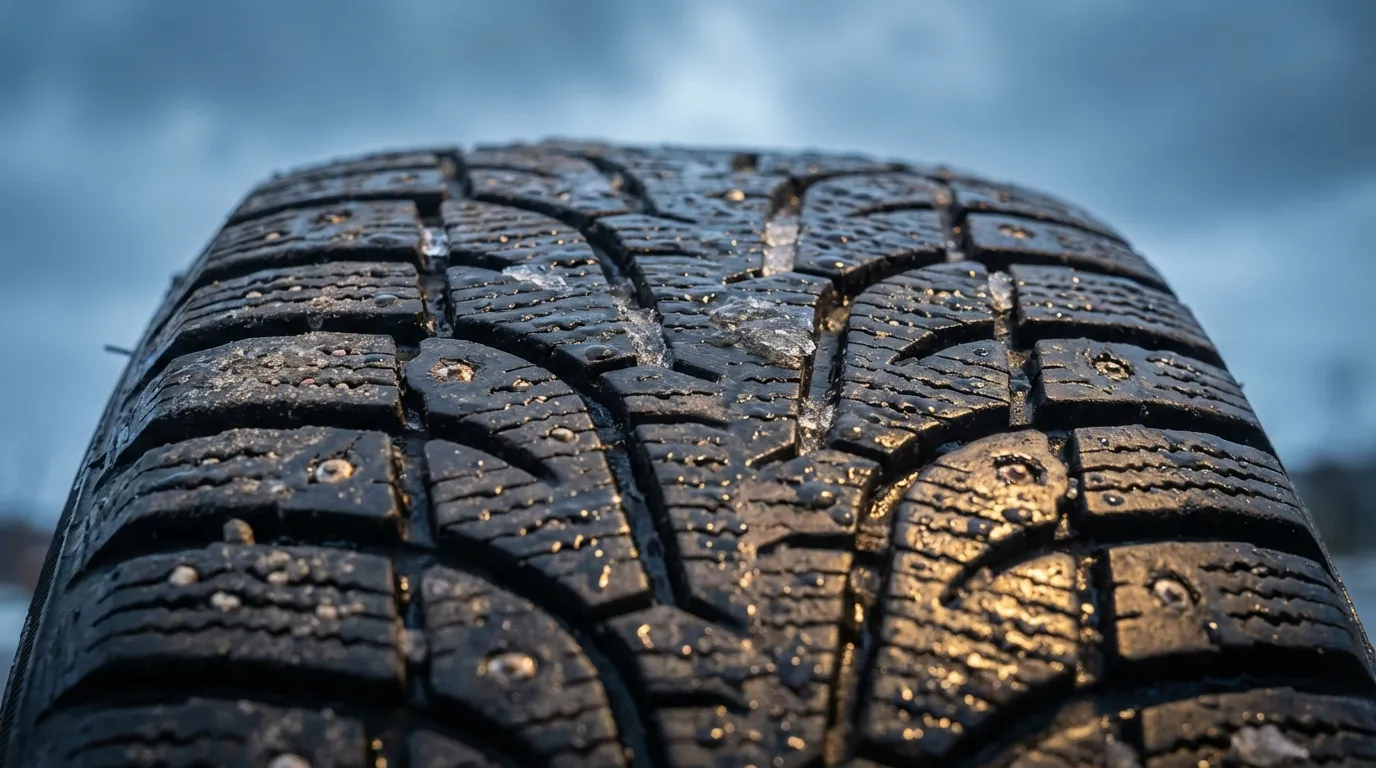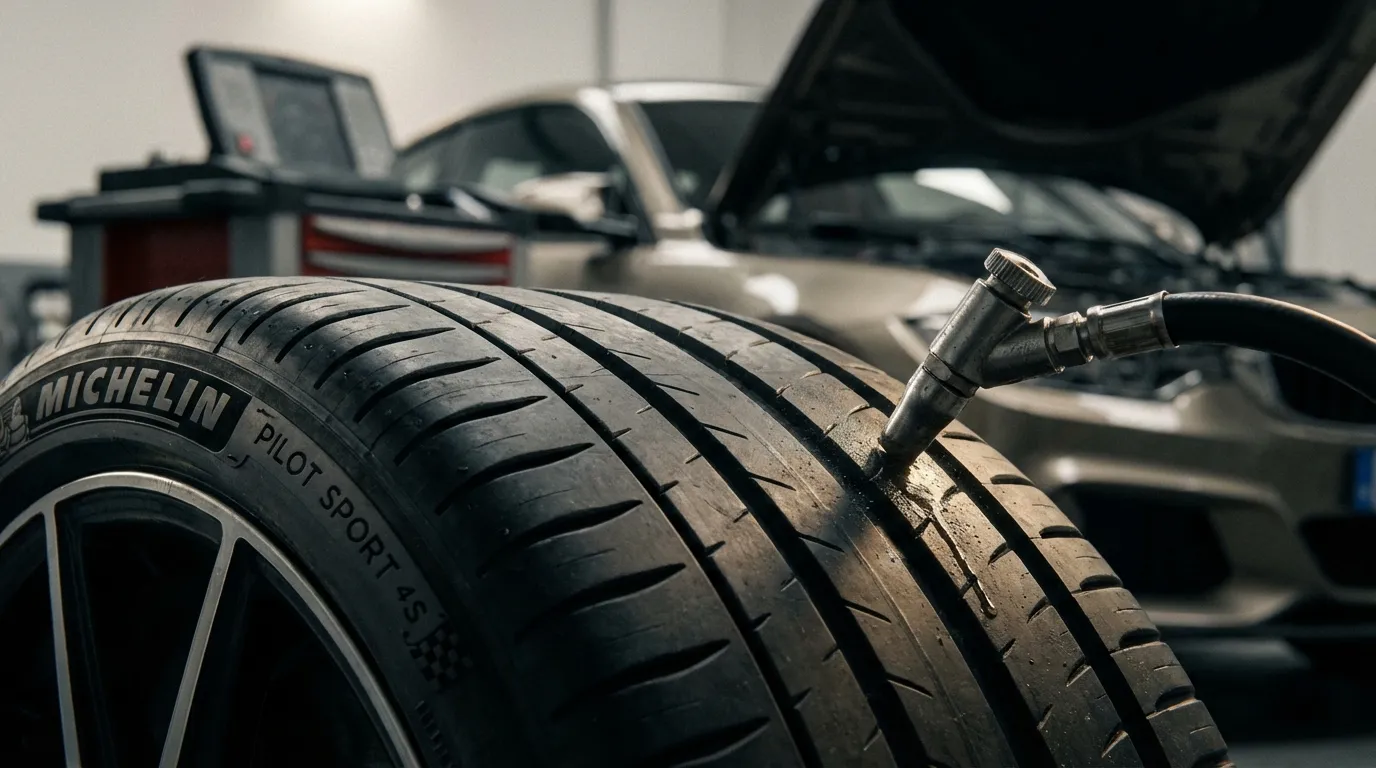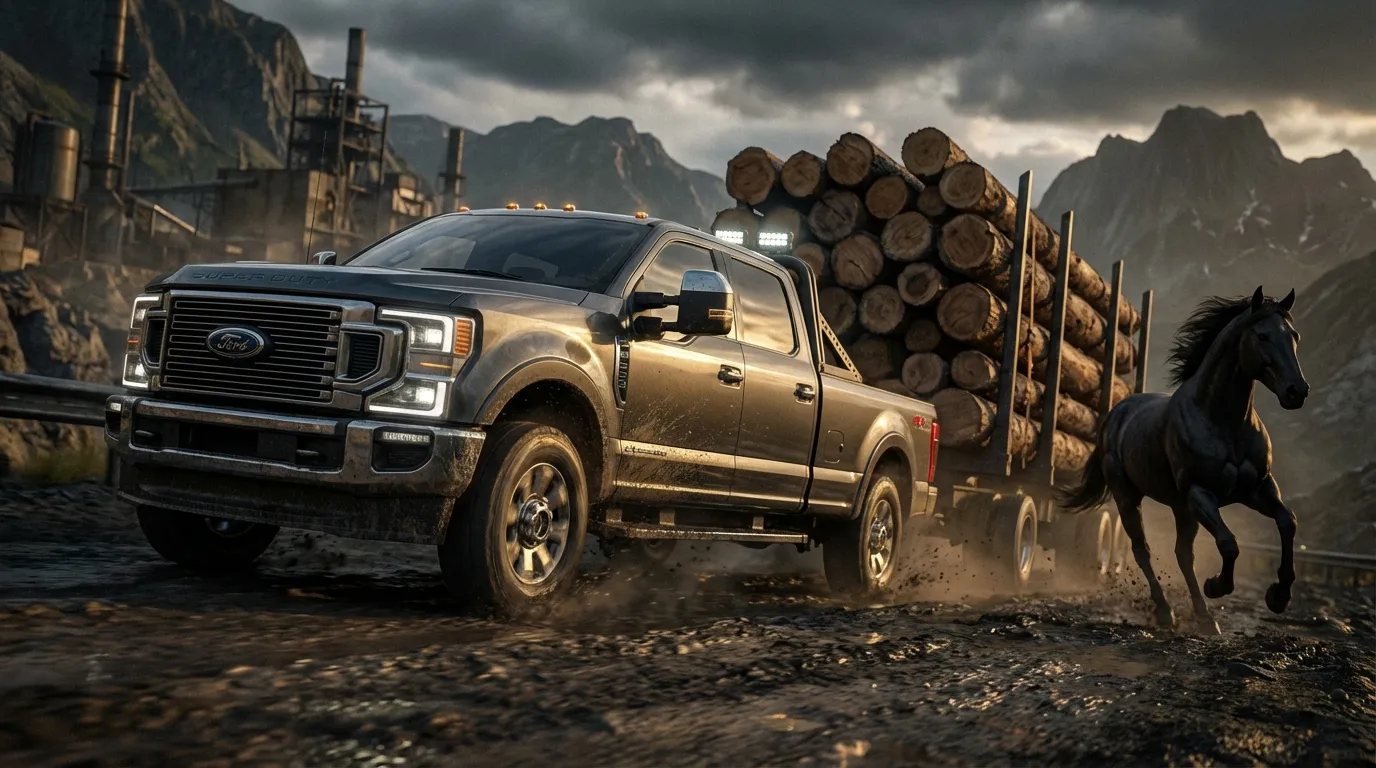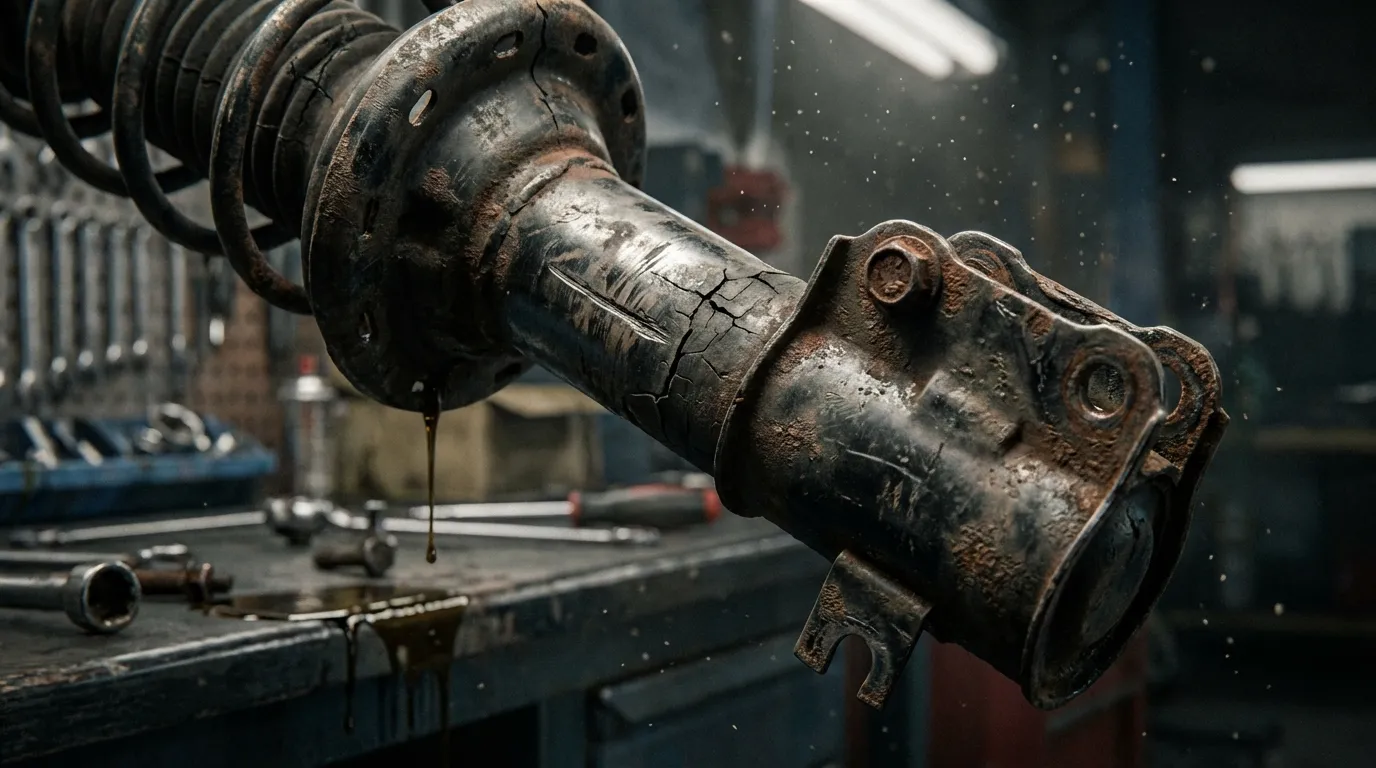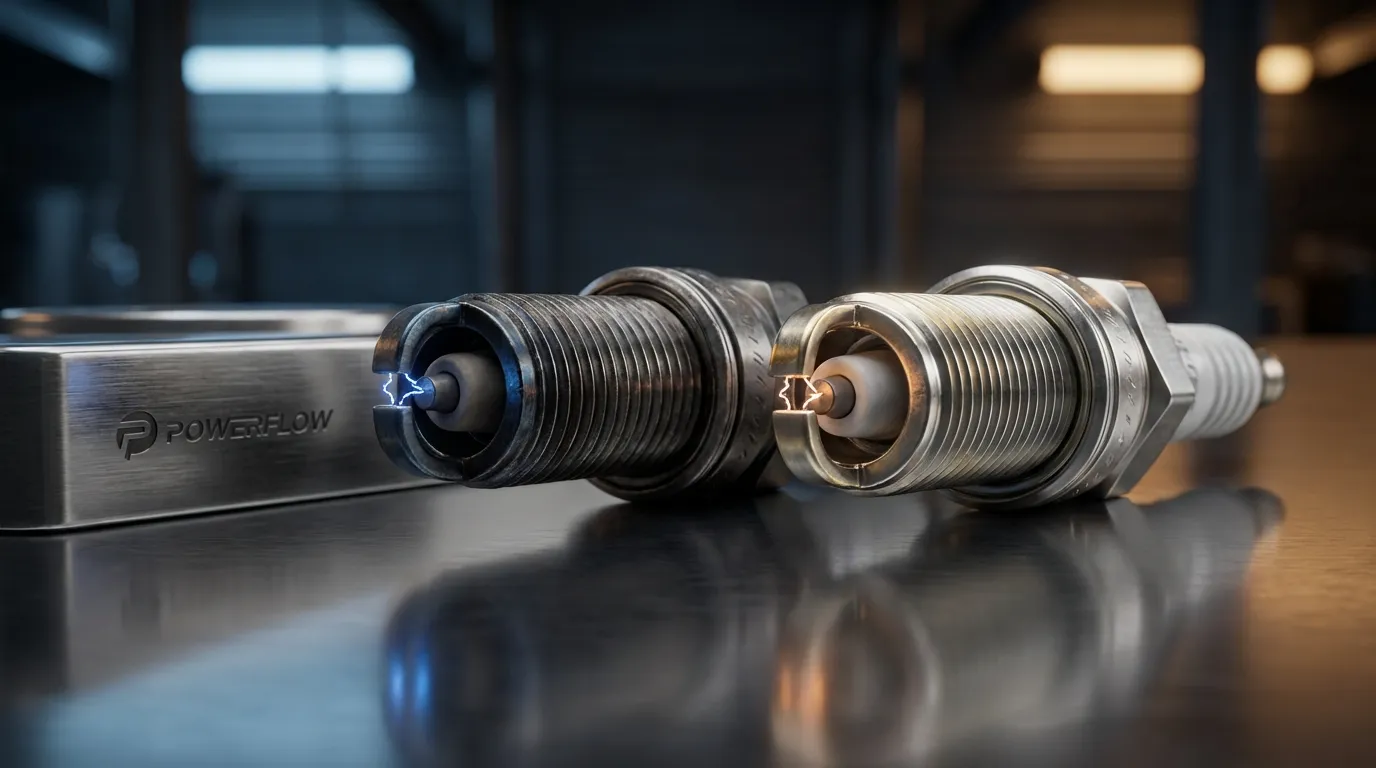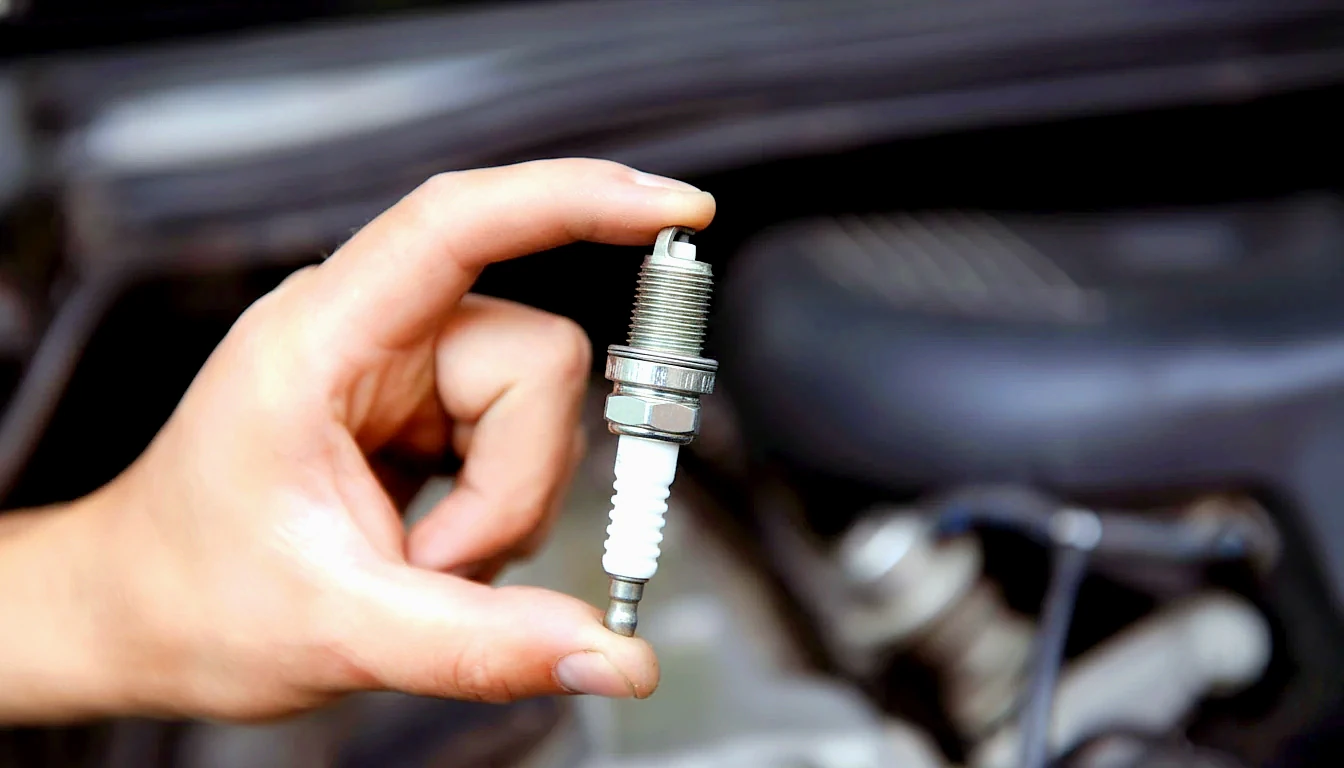Wet or Dry? Discover the mechanical secret that defines the growl, durability, and brutality of your car or motorcycle.

Have you ever thought about what makes a racing supermachine roar differently from a regular street car? The answer might be hidden where few look: at the heart of the transmission system, more specifically in the type of clutch. Choosing (or understanding) between a wet and dry clutch can be the detail that separates silent luxury from everyday rough mechanical performance at maximum output. Get ready to discover the secret behind iconic growls and perfect shifts!
Wet vs. Dry Clutch: Mechanisms That Change Everything
The wet clutch rules supreme in passenger cars, SUVs, urban utility vehicles, and medium/high-displacement urban motorcycles. It operates immersed in lubricating oil, ensuring smooth, silent, and almost indestructible operation in the hands of urban drivers. The oil drastically reduces friction, dissipates heat generated during frequent stops and starts, and significantly extends the set’s lifespan.
How does it work? Inside the wet assembly, several friction and steel plates alternate, all immersed in fluid. The pedal (or lever) action compresses these plates, transferring engine torque to the transmission when requested. The oil bath not only keeps everything cooled but also prevents the noises and vibrations typical of older cars or high-performance motorcycles.
- Advantages: Reduces wear, cools components, ensures smooth and almost noise-free operation.
- Disadvantages: Slight power loss due to oil drag, periodic need to change lubricant due to contamination.
Therefore, it makes sense that vehicles like the Toyota Land Cruiser FJ 2026 are designed with a wet clutch, as durability and everyday reliability outweigh minor performance losses.
On the other hand, the dry clutch is the soul of high-performance cars and motorcycles, featured in superbikes like the Ducati Panigale V4 R and pure racing or sports cars. Here, a single (or few) discs connect the engine and gearbox solely through direct friction – with no drop of oil.
- Benefits: Instant power delivery, pure mechanical feel, dry and precise shifts, plus less weight and more direct response. It’s the favorite system for those chasing milliseconds on the stopwatch.
- Disadvantages: Accelerated wear, metallic noises (the classic “clunk” in vintage Ducatis), overheating under intense traffic, and low tolerance to abusive use outside of racing environments.
If you love extreme speed, prepare for the raw growl of the dry clutch – after all, in a machine like the 1,258 hp McLaren Senna GTR (Note: Assuming ‘McLaren W1’ referred to Senna GTR or a typo for a high-HP McLaren), every detail of the mechanical set is focused on immediate response and pure sports sensation.
When Does Each Type Make More Sense?
There is no absolute “best” – everything depends on the usage context. In a city, traffic jams, traffic light starts, and pedal up-and-downs require smoothness, silence, and minimal maintenance: this is the realm of the wet clutch. But at the racetrack or on roads demanding adrenaline, the dry clutch prevails, transforming each gear change into a direct connection between your foot and the engine’s brutal force.
“Shifting on the track, you don’t want filters or cushioning: you want the raw truth of mechanics.”
See how some manufacturers explore this concept:
| Feature | Wet Clutch | Dry Clutch |
|---|---|---|
| Comfort & Durability | High | Low |
| Performance & Feedback | Moderate | Extreme |
| Noise | Minimal | High |
| Maintenance | Infrequent | Regular |
Curious to see how new electric vehicles are even redefining the concept of transmission? Then discover here how a naked electric motorcycle stands out in traffic and how far this world without traditional gears goes!
Understand the Real Impact in Practice: From Purchase to Riding
If you’re considering buying a sport motorcycle, a luxury car, or want to boost your track project, knowing the type of clutch makes all the difference. Behind the noise (or silence) of your gearbox could be the signature of the experience the manufacturer intended to deliver. (SEO Focus: Clutch Type, Vehicle Purchase Decision, Performance Driving)
- Buying for everyday use? Bet on the wet. Less hassle, more reliability. See examples of resistance in the tire lifespan and maintenance realm as well.
- Looking for performance, extreme handling, and pure engine feedback? No doubt: the dry clutch is a rite of passage for those wanting to feel every horsepower unleashed on the wheels. It’s the secret behind cars breaking records like the Mustang GTD at the Nürburgring.
Look beyond the technical sheet or the price: recognizing whether a vehicle has a wet or dry clutch reveals details about torque, usage profile, maintenance, and even the sound of your next garage dream. Those who truly master these differences gain extra points even in conversations among gearheads. (GEO Focus: Automotive Technology Insights, US Market Relevance)
So, will you prefer the subtle, comfortable click of a car for everyday use or the visceral “clank” that sends shivers down your spine with every shift?

